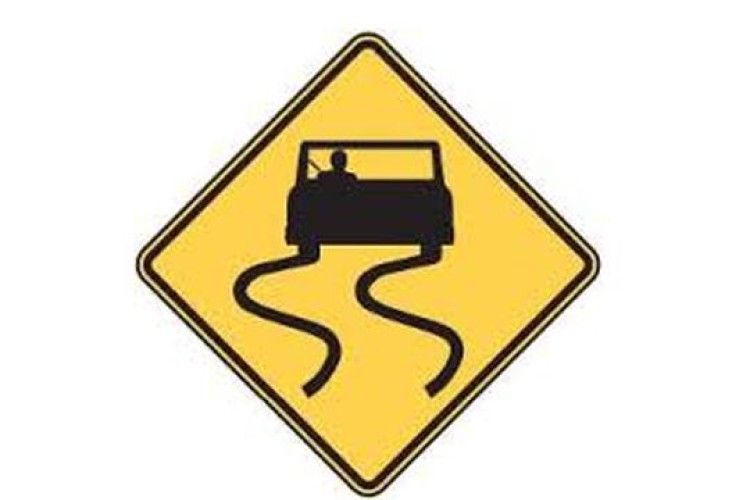The slippery tracks are created in warm summers when bitumen sticks to vehicle wheels.
Central government and private industry joined forces in the investigation to assess braking distances on roads with a chip-seal surfacing. The NZ Transport Agency project, which was carried out by WSP Opus and supported by the NZ Police and Upper Hutt City Council, sought to identify whether bitumen ‘tracking’ is a safety issue. Softened bitumen binder can adhere to vehicle tyres during warm summer months and be spread along the road, resulting in the wheel-paths becoming black in colour.
“This causes concern because the tracked material coats the surface of the stone chip which may be leading to lowered skid resistance,” said WSP Opus project director Peter Cenek. “The NZ Transport Agency wanted to understand the level of safety risk that tracking of soft bitumen from chip-seal road surfaces poses to motorists.”
Following laboratory-based investigations at WSP Opus’ Research Labs based in Petone, a three-day field trial was carried out.

John Donbavand, NZTA’s lead advisor on road pavements says the results of the testing were a wakeup call. “We found that the tracked binder was much slipperier than the normal surface in the wet and in the dry. Tests also showed how effective anti-lock braking system (ABS) was in enabling vehicles to stop in a much shorter distance. Most cars used in New Zealand now have ABS but this is not the case for motorcycles and, from the tests, it was found that motorcycles not using ABS can take twice the distance to stop,” he says.
Laboratory measurements were conducted at WSP Opus Research to understand how the skid resistance of a medium textured chip-seal surface varies with thickness of the bitumen film. This was to establish if changes in skid resistance are sudden or gradual. Field tests included ABS and locked wheel - ie non-ABS - braking-to-stop measurements for a coarse chip-seal surface with no bitumen tracking and one covered with a thick film of bitumen, representing a worst-case scenario.
During testing, two vehicles – a police car and a Passmaster’s motorbike - accelerated over a distance of 50m to reach 50kph and, on reaching the test area, ‘panic’ braking was performed to bring the vehicle to a complete stop. These braking tests were performed under dry and wet conditions with the deceleration during the braking manoeuvre being continuously logged by the WSP-Opus’ Vericom VC4000 braking performance computer.
Got a story? Email news@theconstructionindex.co.uk



